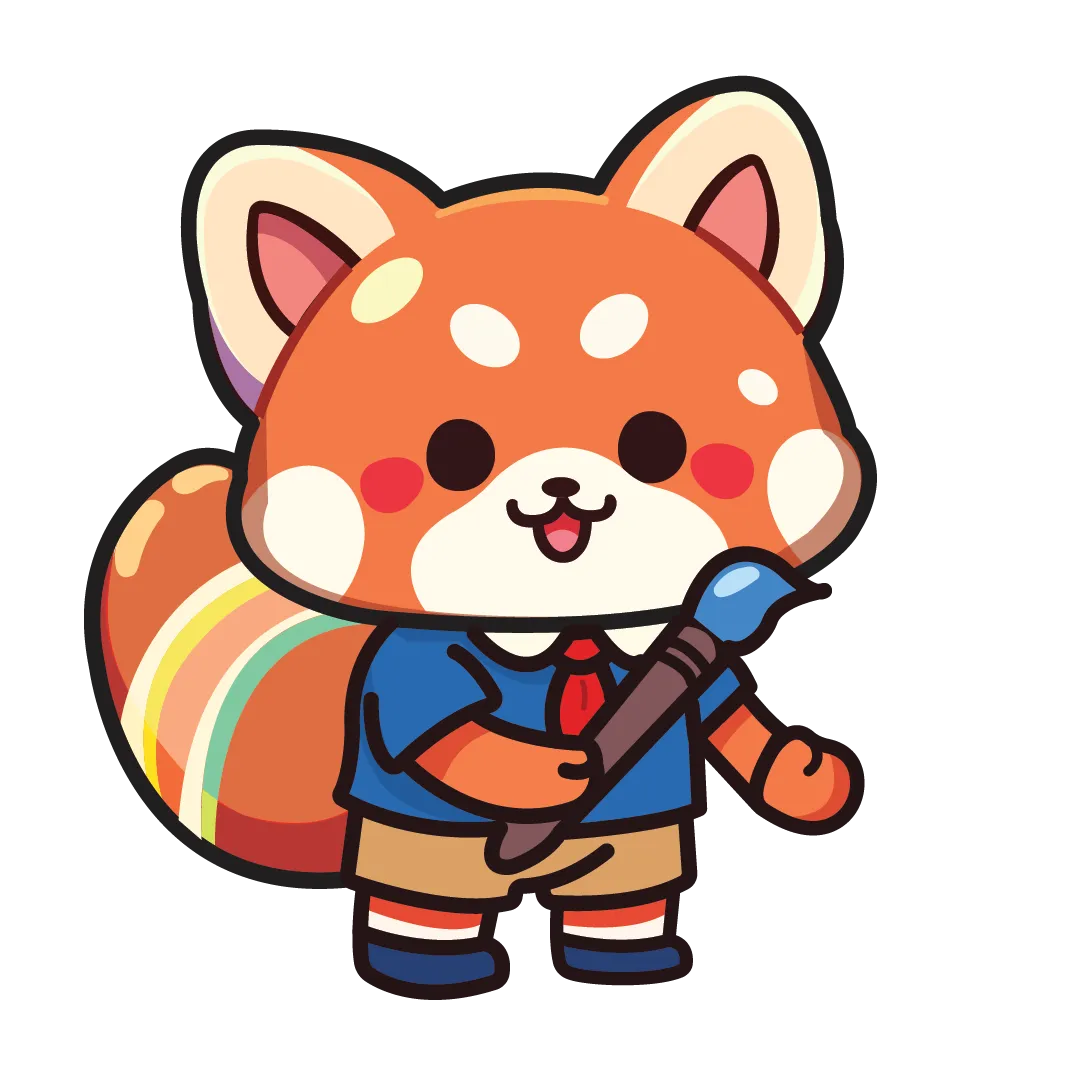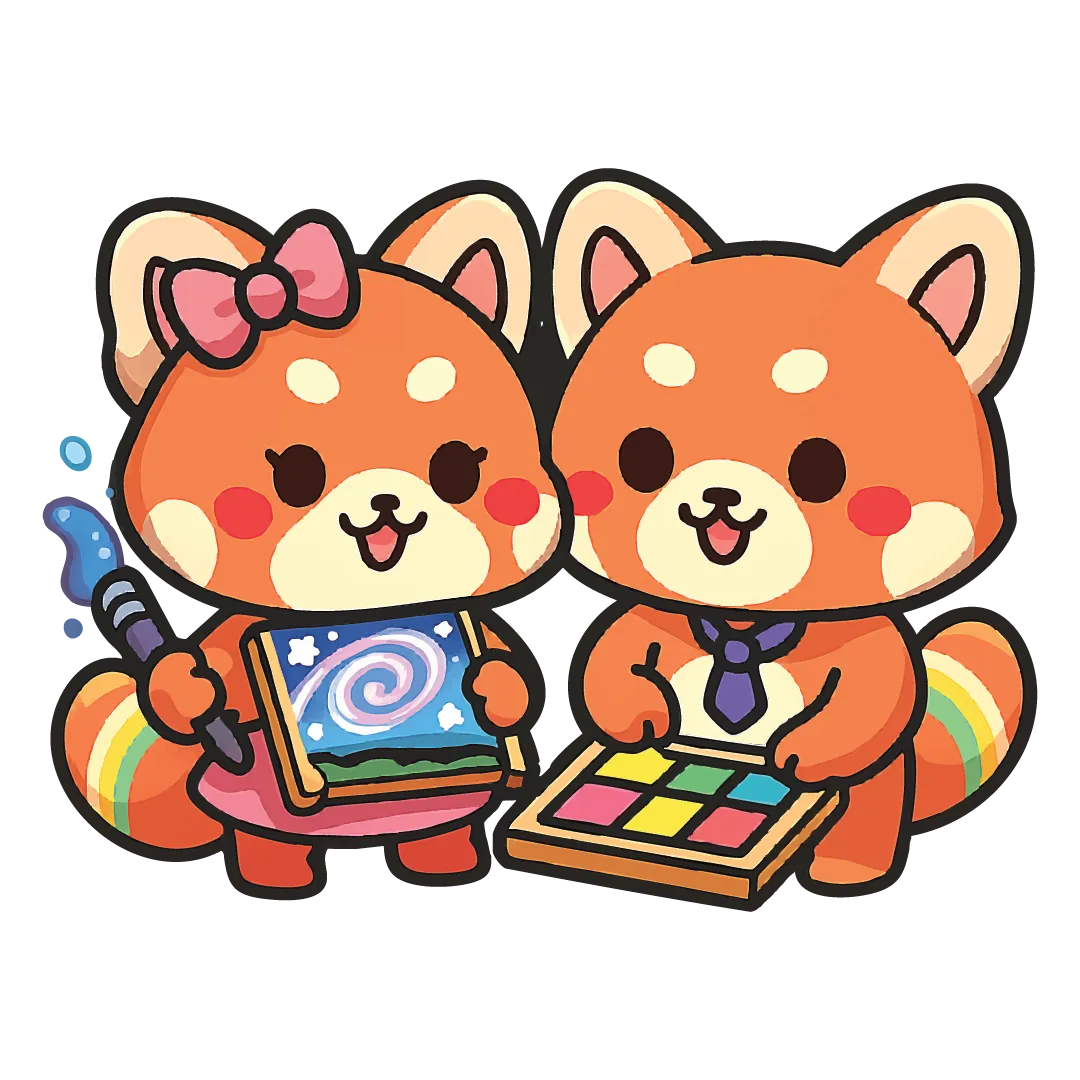
Learn to Draw for Beginners: A Simple Guide to Get Started
Drawing is a fun and rewarding hobby that anyone can learn. Whether you’re looking to sketch for relaxation, explore a new creative outlet, or eventually pursue art more seriously, you don’t need any fancy tools or formal training to begin. All you need is a pencil, paper, and the curiosity to try.In this guide, we’ll walk you through the essentials of learning how to draw—from understanding basic shapes to building confidence in your lines. Let’s get started!
1. Start with the Right Mindset
Many beginners think they can’t draw just because they’re not “naturally talented.” But here’s the truth: drawing is a skill, and like any skill, it improves with practice. Everyone starts as a beginner, and improvement comes with time, patience, and consistency.Don’t be afraid of making mistakes—they’re part of the process. Instead of aiming for perfection, focus on enjoying the act of drawing.2. Gather Basic Drawing Tools
You don’t need to buy expensive supplies when you’re just starting out. Here are the basic tools you need:- Pencil: A standard HB pencil is good for general drawing. You can also try softer pencils like 2B or 4B for darker lines.
- Eraser: A good eraser helps clean up mistakes. Kneaded erasers are great for soft corrections.
- Sketchbook or Paper: Any paper will do, but a basic sketchbook keeps your work in one place.
- Sharpener: Keep your pencil tips neat and sharp.
3. Learn to See Like an Artist
Drawing is about observing. Train your eyes to see shapes, lines, and spaces, rather than just the object itself.Here’s a quick exercise:- Pick any object around you (like a cup or shoe).
- Instead of drawing what you think it looks like, focus on its outline.
- Notice the curves, edges, and proportions.
- Try to copy what you see, not what you imagine.
4. Master Basic Shapes
Everything around us is made up of basic shapes: circles, squares, rectangles, and triangles. Start by practicing these simple forms. Once you’re comfortable, try combining them to build more complex objects.For example:- A snowman = 3 circles
- A house = square + triangle
- A tree = triangle + rectangle
5. Try Simple Drawing Exercises
Here are some beginner-friendly exercises you can try:- Line Practice
- Shading Practice
- Draw Everyday Objects
- Doodle Freely
6. Follow Step-by-Step Tutorials
There are many books, websites, and YouTube channels that teach drawing with step-by-step instructions. Look for beginner tutorials on:- How to draw animals
- Simple cartoons
- Cute food faces
- Landscape sketches






